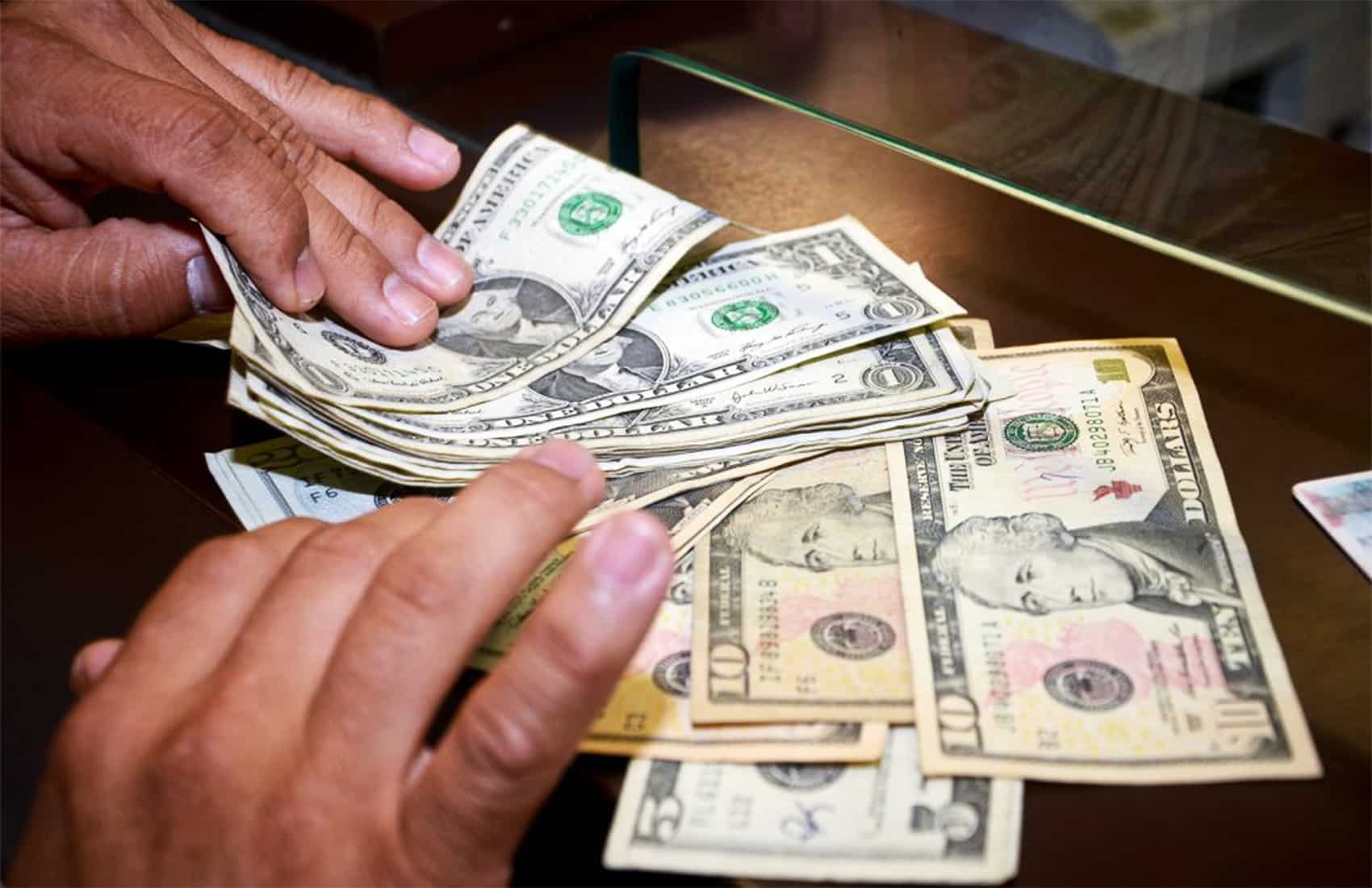The start of 2025 has been marked by a drop in the exchange rate. On Monday, the average worth of each dollar hit ¢508.82, while on Tuesday it was ¢507.98. In the meantime, on Wednesday, January 8, the value of each dollar fell once more to ¢505.98. Based on information from the Central Bank of Costa Rica (BCCR), there were 156 transactions on Wednesday, amounting to $27,369,000 in total trades.
In public banks, the dollar’s selling price fluctuates between ¢510 and ¢513, whereas the buying price varies from ¢499 to ¢496. Private banks offer the currency at rates ranging from ¢511 to ¢521 and purchase it at rates between ¢493 and ¢497.Economists agree that the exchange rate in Costa Rica will remain close to current levels, with no significant fluctuations, in the initial months of 2025.
Central Bank Defends its Actions
The BCCR stands by its strategy and policies, regardless of comments made by the International Monetary Fund (IMF). In December last year, the Executive Board of the Fund finalized an assessment of the Costa Rican economy and published the findings. The primary suggestions were directed to the Central Bank. The global organization advised the bank to restrict its operations in the foreign exchange market, intervening solely in scenarios of instability.
The BCCR stated that the legislation provides it with extensive authority to engage in the foreign exchange market. Conversely, the IMF recognized that the bank has suitably relaxed its monetary policy. Nonetheless, it suggests that the Monetary Authority should be ready to reduce interest rates even more as part of its proactive, data-informed strategy.
The BCCR announced that it has decreased rates by 500 basis points since March 2023 (from 9% to 4%). On the last Thursday, December 19, during the concluding Monetary Policy meeting of the year, the Central Bank’s Board of Directors decided to leave the Monetary Policy Rate (MPR) at 4%.
According to the IFM, Costa Rica’s economy is strong and growing at a stable rate. The report also pointed out the country’s solid labor market, which has contributed to the reduction of poverty and inequality.






